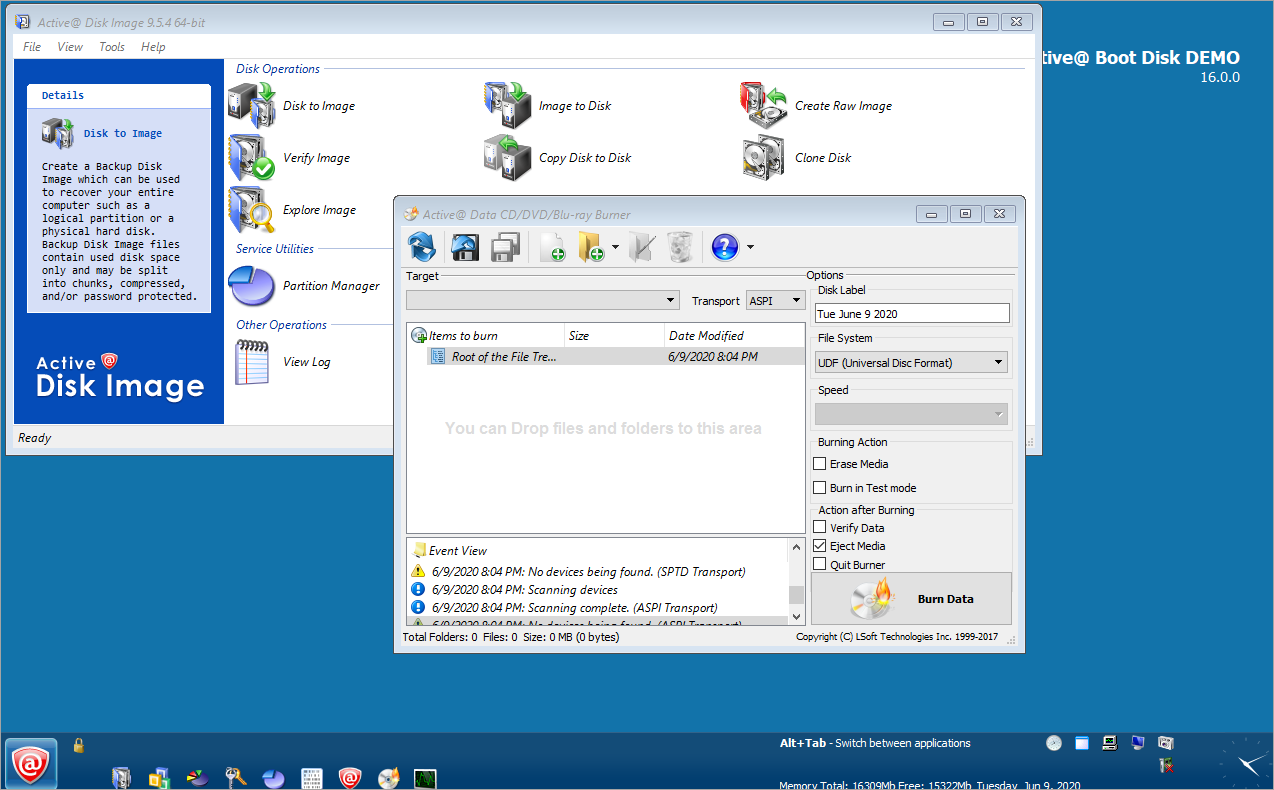

Please replace with another power supply, and confirm whether the Sata cable of the power supply is abnormalħ. Please try to connect hard disk or SSD to anther Sata port of the motherboardĦ. Please replace with a good Sata cable without problemĥ. Please try another SATA port of the power supplyĤ. Confirm Sata cable or power cable is correctly connectedģ. Please try to replug Sata cable or power cable on the hard disk or SSD. Please try to replug Sata cable on the motherboard, and confirm Sata cable is correctly connected.Ģ. If the computer still can't detect the hard disk or SSD after you followed the above step 1~4, please confirm the hardware by below stepsġ. Confirm whether the computer can detect the hard disk or SSD.ĥ. Press 'F5' to set the BIOS to default setting, then press 'F10' to save BIOS setting and click to reboot. After the computer powers on, please immediately press 'delete' key on the keyboard to enter EZ Mode (you can refer to the picture in step 2)ī. Please set BIOS to the default setting by the below steps:Ī. If you have set CPU overclocking or Memory overclocking, the computer may not detect the hard disk or SSD due to overclocking instability. Confirm whether the computer can recognize the hard disk or SSDĤ. Press 'F10' to save the BIOS setting, and click to reboot. This phenomenon is normal, please be noted.Ī. After the computer powers on, please press 'delete' to enter EZ Mode, and then press 'F7' to enter Advanced Mode as below:ī. Click. Note:For the old models (ex: TUF B450-PLUS GAMING) ,which use PCIE Mode M.2 SSD(including: NVME M.2), information of hard disk or SSD doesn't show in Storage Information in BIOS EZ Mode due to the framework of the BIOS. (If the computer enters BIOS Advance Mode after you press 'delete', you can press 'F7' again to enter EZ Mode) Please confirm the information of the connected hard disk or SSD in Storage Information (Ex: PRIME B550-PLUS) After the computer powers on, please immediately press 'delete' key on the keyboard to enter EZ Mode. Please refer to this FAQ for more : ASUS EZ Flash 3 - IntroductionĢ.
#ACTIVE BOOT DISK 12 UPDATE#
Please try to update the latest version BIOS from ASUS official website. If the computer can't detect and find hard disk or SSD after the power is turned on, please follow the steps below to troubleshoot:ġ.

To provide you more detailed instruction, you can also click ASUS Youtube video link below to know more about cannot find the hard disk drive or SSD(M.2) after motherboard powers on Troubleshooting - Cannot find the hard disk drive or SSD(M.2) after motherboard powers on


 0 kommentar(er)
0 kommentar(er)
